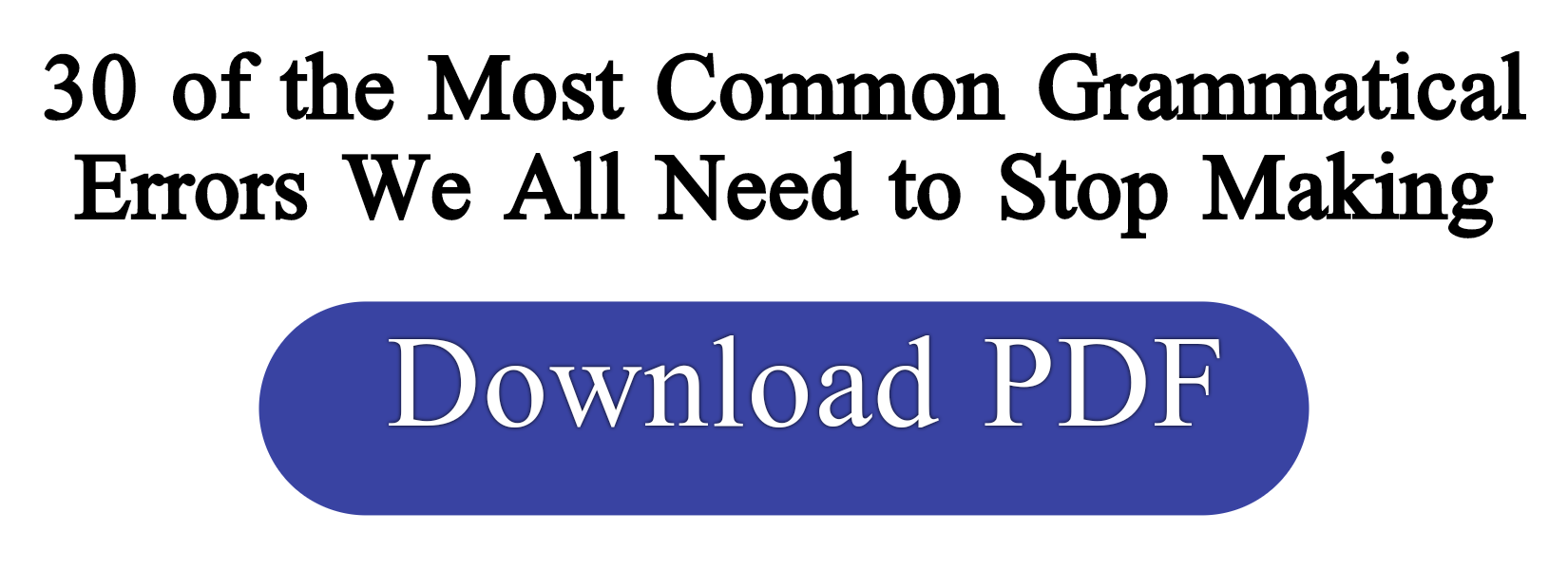NUMBER AND PERSON
There are two numbers, singular and plural: thou singěst, ye sing; thou sangěst, ye sang; he sings (or singěth), they sing.In poetry we can in the indicative distinguish between singular and plural in the second and third persons of the present tense and in the second person of the past tense, but in ordinary language only the third person indicative of a present tense form can indicate the number, as in the last example. The one verb be can go a little farther in indicating the number - a survival of the older usage which in verbs carefully distinguished the singular and the plural in all tenses and moods.
Be still keeps the numbers distinct in the first and third persons indicative in both the present and the past tense: I am, he is, we are, they are; I was, he was, we were, they were.
In poetic and biblical style we can always distinguish be tween singular and plural in the second person: thou givěst, ye give; thou gavěst, ye gave.
Elsewhere we do not distinguish singular and plural. We now feel that the subject makes the idea of number clear: I sing, we sing; you (speaking to a definite person) sing, you boys sing, I sang, you (speaking to a definite person) sang, he sang, we sang, you boys sang, they sang, if he sing, if they sing. The subject here makes also the idea of person clear.
As can be seen by the examples given above, the few endings that verbs now have indicate not only the number but also the person and the mood. The absence of an ending in the third person singular of any present tense form usually marks it as a subjunctive: he comes (indicative), if he come (subjunctive).
Only two verbs have here an especial subjunctive form: if he be, if he have (regularly formed from have, while the indicative has is an irregular, contracted form).
a. Agreement of Verb with Subject in Number and Person.
The English verb-except in the case of the copula be - has no endings in ordinary speech for the past tense and the first and second persons of the present tense. It distinguishes the numbers only in the third person of the present tense: 'Our dog barks too much.' 'Our dogs bark too much.'The verbal ending s indicates the singular, and the lack of an ending indicates the plural. These forms for showing the singular and the plural of the third person of the present tense are very simple, but they afford us at this point means of expressing our thought accurately and of making fine shades of meaning:
'Three-fourths of the surface of the earth is (referring to a mass) sea,'
but
'Three-fourths of our old college class are (referring to individuals) married.'
Sometimes there is fluctuation of usage as people look at the matter from different points of view: 'Three times 3 is, or are, 9.'
The point of view sometimes shifts from century to century. In older English it was quite common to put the verb in the plural after the subjects each one, everyone: Everyone in the house were in their beds' (Fielding, Tom Jones, VII, Ch. XIV). The singular of the verb is now required here in the literary language: Every one in the house was in his bed.'The old plural idea survives in part in popular speech: 'Everyone in the house was in their beds.'
Thus in earlier periods even educated people felt the plural idea in every and each, while today they feel in these words the conception of separate individuals. But in colloquial language most people still say, 'Everyone was here, but they all went home early' (Current English Usage, p. 104), as there is no appropriate singular pronoun available.
We say today 'The island of Australia with Tasmania constitutes the commonwealth of Australia.
In older English the verb was generally in the plural. Present-day popular speech preserves this older usage, while the singular prevails in the literary language.
We now place the verb in agreement with the formal subject the island of Australia although there is a plural idea present. In many other expressions we follow the meaning: 'There is lots of fun in it.' "The white and the red rose are both beautiful.' 'The multitude, unacquainted with the best models, are captivated by whatever stuns or dazzles them.'
Sometimes the little bit of verbal inflection we have left here causes us untold worry and drives us to dodge the questions of form that arise. One, remembering that he has been told to make the verb agree with the nearest subject, says 'Either he or I am in the wrong,' while another says 'Either, he or I, is in the wrong,' construing either as a pronoun in the subject relation with he and I as explanatory appositives. Still another, terrified by the possibilities of construction here, dodges the issue by giving each subject a separate verb:
'Either he is in the wrong or I am.








